The anniversary of the founding of the General Anthroposophical Society and the School of Spiritual Science 100 years ago inspired us to reflect on the original impulses and to grasp them anew. In doing so, the threefold call in the Foundation Stone verse: “Human soul! … practice …” can be a powerful impulse for us.
During the Christmas Conference,1 Rudolf Steiner did not explain the three exercises “Practise spirit recollection”, “Practise spirit contemplation”, and “Practise spirit beholding” any further. However, in the evening lectures World History and the Mysteries in the Light of Anthroposophy,2 he spoke at length in the first lecture about the transformation of the soul activity of remembering since the Atlantean period. He described how recollection in earlier times was first practised as local remembering; in those days, humans had erected landmarks, monuments, and stones to recall something. During the ancient Indian and Chaldaic periods, recollection became rhythmical. Rhythmically recurring words enabled people to remember past events. It was not until Greece that the chronological recollection in memory with which we are familiar emerged. The power of memory had become more and more “internalised” during this great span of time—it had moved, we might say, from space through time into the interior of the human being (December 24, 1923).
The “contemplation” mentioned in the second stanza of the Foundation Stone verse is developed in the social realm. It is the forces of death that first bring about such circumspection. The second virtue arises, as Rudolf Steiner describes it using a historical example from ancient history, in a military conflict in which two hostile warring parties clash. In battle, the youthful strength of the successful conquerors is thrown back, in a manner of speaking, by the defeated population who have grown old in their souls, and evokes circumspection (December 25, 1923).
Vision of the spirit had been practised in the Greek era in the cosmic mysteries of Ephesus by studying the primordial states of the earth and humanity (December 26, 1923), before this experience of the spirit subsided in the Greek period and came to a kind of conclusion with Aristotle and the campaigns of Alexander (December 27 to 29, 1923). The last three lectures of the cycle merely hint at what the renewal of the three spiritual forces—spirit recollection, spirit contemplation, and spirit beholding—should lead to: the training of imaginative cognition should make the lost connection between the human being and nature accessible again—for example, for the development of an anthroposophical art of healing that starts from the human being (December 30, 1923). In the last lecture, Rudolf Steiner turns his attention to the burning down of the first Goetheanum and shows how new deeds and blessings for the future can arise from the pain of loss (December 31, 1923).
In conclusion, the spiritual impulse of anthroposophy is contrasted with a prophecy of where materialistic culture is heading, with an appeal to the courage that the present time demands (January 1, 1924). The actual reflections on the three exercises only came later in Steiner’s karma lectures, letters to members, and the classes of the School of Spiritual Science. By then, however, a great deal of inner content had already been given by way of spiritual and soul exercises. Rudolf Steiner refers conspicuously often to his book Knowledge of the Higher Worlds. How is it Achieved?,3 as if to say that what is described there has still not been sufficiently understood and taken up.
The Age of “Asceticism”
The purpose of development would be missed if the age of loss were not followed by the age of practice. It cannot be about regaining the old way of seeing—the fruit of the interim period is the real gain of development. In Knowledge of the Higher Worlds, it says that the supersensory world needs the passage through the sensory world so that people can develop the corresponding abilities. The acquired abilities would then be transmitted as fruits on a higher level of the supersensory world.4 This can be an incentive for us not to cultivate a spiritual eschatology, but to develop joy in the training of soul and spiritual abilities and spiritual practice, and to strive for independence. The three “trials” of initiation described by Rudolf Steiner (ibid.) have no other aim than to demand full independence of the human being and to make them aware of their responsibility—even if every spiritual experience is a grace of the spiritual world.
Rudolf Steiner developed once, in an early lecture,5 what “practice” and “asceticism” are all about: askein, ancient Greek, is the verb of asceticism, which means nothing other than “to practise, train, educate oneself” or, as in Homer, “to make something artificially” (e.g. through a Daedalus). Asceticism is precisely the opposite of mortification (which would be the erroneous assumption of its meaning), because, in this sense, it only means preparation through practice, gymnastics, for example, so that skills develop—just as we learn vocabulary before entering into conversation in a foreign language, or practise scales or the fingering of a piece on the piano before performing on stage. All of this is just preparation. However, it all actually starts with practising. It can seem as if the invitation to practise spirit recollection is itself already of a cosmic nature. Yet it really starts with practising. Only then do we hear, “and you will truly live”—not just in practising, then, but truly, really, in the cosmic human being—whereas previously, we were only practising for ourselves.
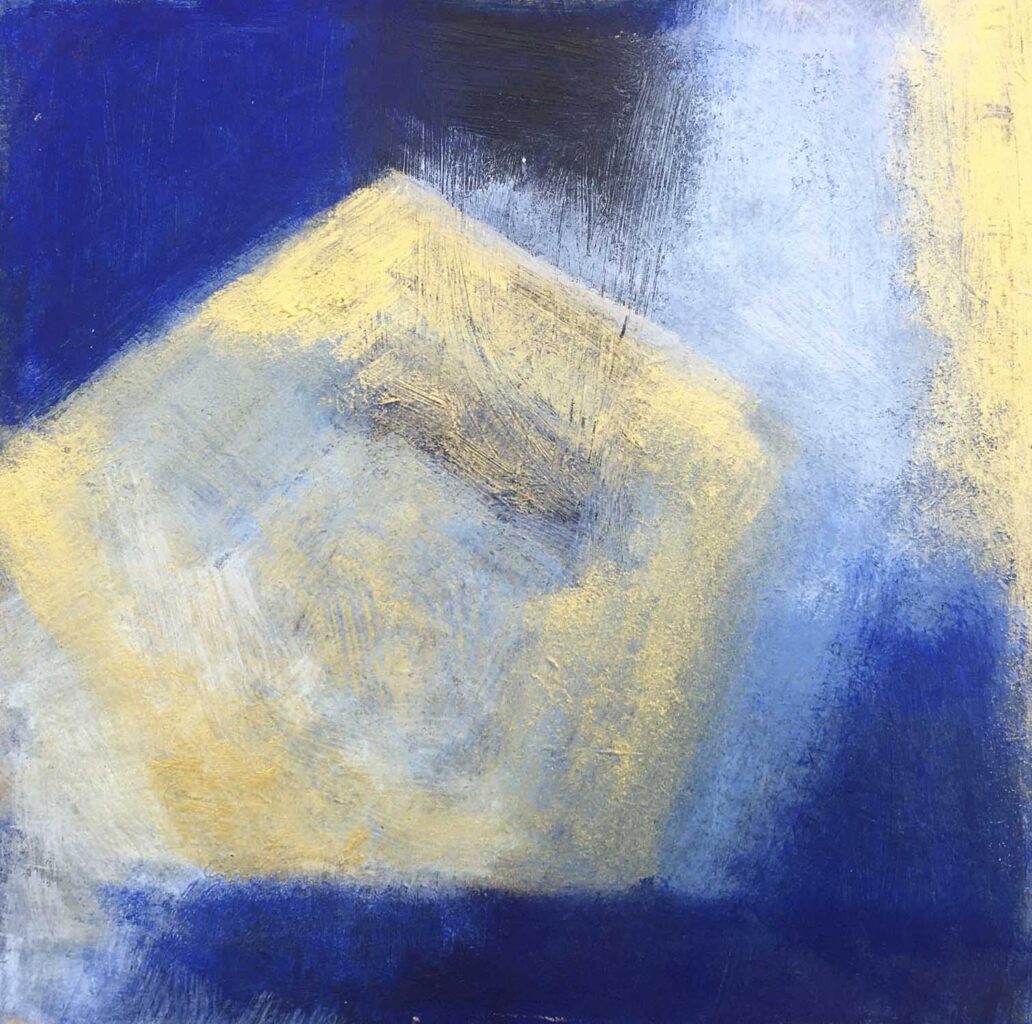
In this sense, the writings of Aristotle about philosophy, logic, and other subjects were only a kind of “exercise, asceticism, spiritual exercise”6 up until the nineteenth century, after the loss of vision in the West. The training in logical thinking is only the preparation for higher cognition, a preparation that had to be undergone at one point, but which is then to become spiritual seeing through soul observation—as it is set as a task in The Philosophy of Freedom7—and it is to be attained through practice.8
Practice Spirit Recollection
How do we practice spirit recollection? That this is not an exercise in ordinary remembering is clear from the coinage “spirit recollection”. So, the question can be asked: How do we remember the spirit? There is a path that leads from the normal conception of remembering to recollection in the spirit. Plato already assumed that all thinking is recollection (anamnesis), from which it follows that a path of the will is meant here. “Anamnesis” comes from “ana-mimno”, that is, to wait for something to happen. “Mimno” is related to “mimnesko” or “to recollect”. The will, which always moves forwards toward the future, is held back, and what came before is allowed to prevail. For Plato, it is that which was prenatal: the vision of essence or ideas.
Rudolf Steiner described the review of the day [Rückschau] as an exercise to free ourselves from the personal and to look at what was previously our will. This mental image increasingly becomes an etheric movement in time, an ascent to the Akashic record. It is important to note in this exercise, however, how the mental image of the review settles over three nights, first into the astral body, second into the etheric body and finally, on the third night, into the physical body. It becomes substance of the will. It is precisely this substance with which we can see and intuit the spiritual will and can recall a will that has already been formed and is now objectively active in life, or in other words, karma.
The ordinary will always works towards something. The karmic will, on the other hand, “recollects” its origin. The ordinary will dies each time anew in its finite acts. Only the seeds sprout in the life after death. In the broadest sense, the practised will “recollects” its karma, its path of descent (“ex deo nascimur”), which can become the path of ascent through the “turning point of time”, to the “true life” in the world of permanence, through the ocean of spirit being.
Such recollection may be more widespread than we might think. Anyone who notes their dreams on waking will notice for themselves that they occasionally anticipate the events of the day. However, Goethe’s account in the eleventh book of Poetry and Truth is a classic example, in which he has a prophetic premonition in broad daylight after bidding farewell to Friederike Brion after completing his doctorate in Strasbourg. He had previously been wrestling with this impending moment. The tears in her eyes made him extremely sensitive as he rode away. “Then I was overcome by one of the strangest premonitions, for I saw myself, not with the eyes of the body but of the spirit, approaching myself again along the same path on horseback …”. And so it came to pass, even down to the frock (“grey with a little gold”) that he saw in the vision and was actually to wear on his return.
Practice Spirit Contemplation
If we only practised recollection, it would be a one-sidedness that would bind us to the past. On the other hand, it is important also to be able to surrender to the moment, to be purely in the present or to practise “presence of mind”. Anyone who recognises their situation gives an account to themselves with regard to their surroundings and reflects on their ability to react to them. However, the person who contemplates the spirit reads this situation differently, not just out of the instinct of self-preservation or the urge to exploit the situation for their own benefit, but—as it says in the “water trial” in Knowledge of the Higher Worlds—by inspiration, which is to say, to listen to the moment, to read in the occult script what is to be done, objectively. This also needs to be practised, to the extent that we take “three steps” in moral life for every single step in meditation. This can be practised through the so-called anthroposophical “subsidiary exercises”, which, from an everyday perspective, might perhaps be called “principal exercises” instead. Nothing less than the human being becoming “I” depends on them. The question is whether we can take ourselves in hand from the I, whether we want to take responsibility for our own development and constantly examine ourselves as to whether we can actually do what we think or want. Only the ability that develops from this practice becomes the capacity for judgement, just as more mature artists will teach well in the arts (as some of Rembrandt’s pupils, less brilliant than he, nevertheless rose to great heights through him.)
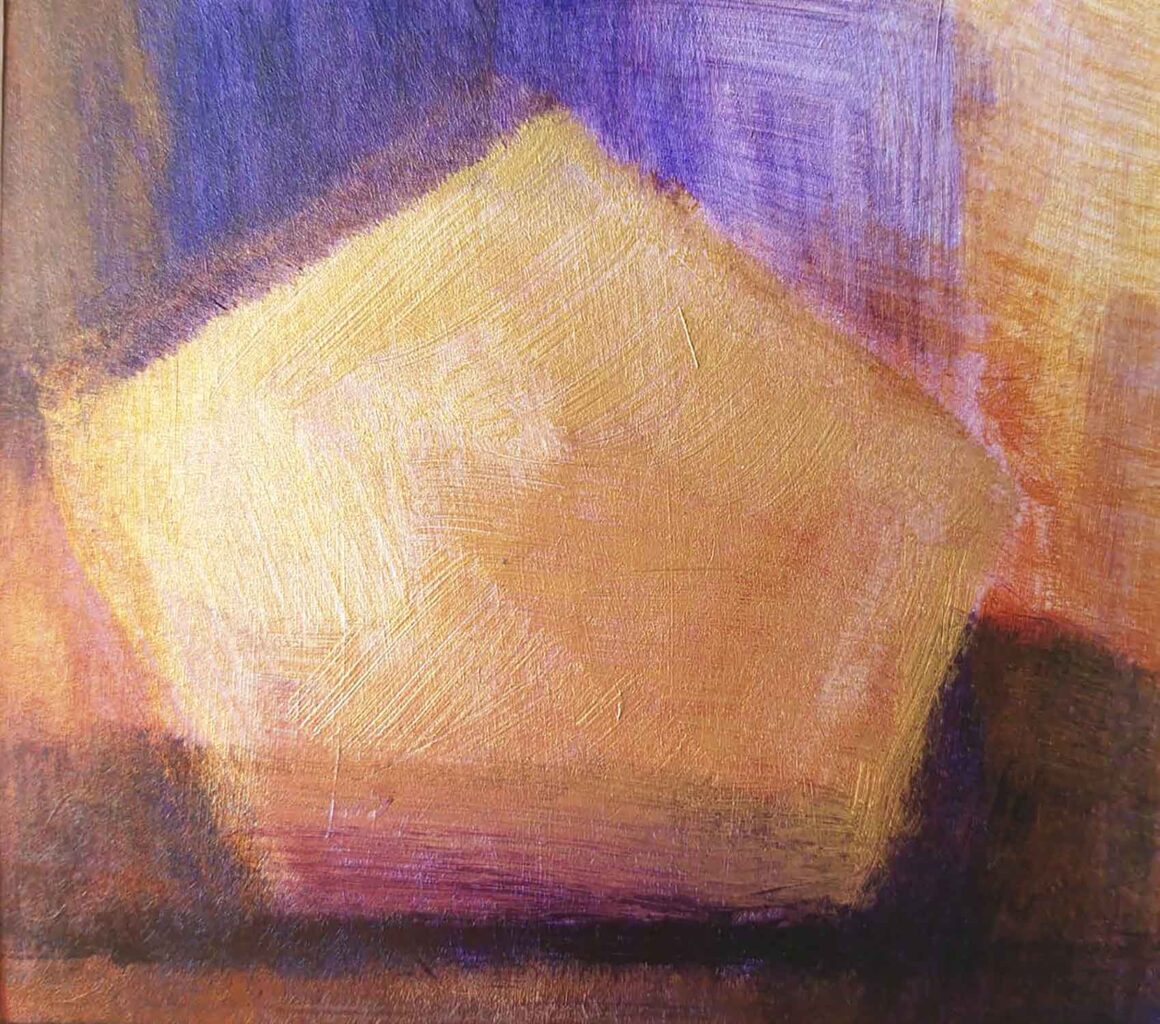
As soon as the idea of cognition had been grasped in Greek culture, ethics was intended to make its meaning accessible to humanity. Both in Aristotle’s ethics of the golden mean and in the ethics of the so-called Stoa (after the hall of columns in which Zeno, Cleanthes, and Chrysippus taught) developed at the time, the goal was the “equilibrium of the soul”. Spinoza systematised the old doctrine in his Ethics, which inspired Goethe in his intellectual-soul years. Seen from this perspective, Rudolf Steiner’s subsidiary exercises are, simply put, a system that leads directly into how we live. From control of thinking, through which we grasp the very centre of the soul, we move on to the polar opposite, control of will, and thirdly, in between, we also gain mastery over feeling. Then, fourthly, we establish the equilibrium between soul and world, and—opening ourselves inwardly and unlocking the world—we turn to each of its manifestations anew in positivity. Fifthly, if we endeavour to experience the new as such, without repeating our own past, this gives rise to an open mind. Lastly, it is about placing ourselves in life through these five soul qualities by constant practice, creating harmony for the human being and the world. On this path, we become free of the “moon karma”, the conditioning and encumbrances we have brought with us, and accept the “sun karma.”9 Practising in the soul leads us into the depths of a new way of feeling. After all, what would feeling actually be other than weighing up what we have encountered and experienced against the future, the life that is yet to be lived, right up to death?10 In this struggle between spiritual presence and future lives the true “imitatio Christi”, uniting our own I with the cosmic I in the will and going beyond the given, beyond impulsive youth, all the way to death (“in Christo morimur”).
What for Spinoza was still the stoic development of something sublime beyond pleasure and suffering in pure thinking became for Goethe a dynamic development of the soul in the world, an enhancement of ability through the opposites of collecting oneself and distraction, of thinking and doing, of thinking and looking. Goethe lived, as he noted in his diary in 1781, “very frugally” in order not to disturb the effectiveness of the opposites and to create a “regular circle” of fluctuations around the self as the centre in time. In doing so, he rose above feeling “jubilant to heaven and saddened to death”. Rudolf Steiner refers to this “equanimity” of Goethe in connection with the third of the six subsidiary exercises.11 For the fourth exercise of “positivity”, Goethe’s adaptation of Nisami’s parable of “Jesus and the Dead Dog” serves as a model.12 The fifth exercise finds its template in Goethe’s open-mindedness: “never to think in advance either of the next person to be expected or of any place to be entered, but to let this state affect me unprepared.”13 Thus, Newton’s theory did not prevent him from looking through the prism in an open-minded and productive way, which led to his theory of colour.
Practice Spirit Beholding
In addition to the “subsidiary exercises”, there are the “main exercises” [Hauptübungen] on the anthroposophical path of schooling, which are, in fact, exercises for the head [Tat Übungen des Hauptes]. The head makes thoughts about the world accessible to us—that is the essence of the meditation or contemplation exercise. Every thought is always a thought about the world, but we overlook it because we drown it out with our volition and feeling. We exploit thoughts for our own purposes, just as a thief needs some clever and true thoughts to be able to break in skillfully. If, on the other hand, we give ourselves over purely to thoughts (“in stillness of thought”), they unfold their own essence and life and express the world (which also includes us.) The paradox of subjective action and objective content is the big hurdle when practising, which is why it is not easy to achieve this stillness of thought, to see the spirit in thinking.
All of Rudolf Steiner’s philosophical writings—from Goethe’s Theory of Knowledge. An Outline of the Epistemology of His Worldview14 to Goethe’s World View15—as well as countless philosophical essays and commentaries, deal with this one point: the laws of the world are revealed in human thinking. The human being is anything but, as Kant thought, locked into their own thinking. Goethe had the right understanding of the relationship between cognition and experience of the world with his “objective thinking”. If we increase the conceptual and thinking activity in meditation, for example, in the Rose Cross meditation (that is, beyond sensory experience), the powers of the soul intensify and are concentrated, thereby becoming more objective. What is mixed up in everyday life, the conceptual image and the concept interwoven with it, is separated by first consciously creating the conception, holding on to it, and then removing it. This frees the thinking to see.
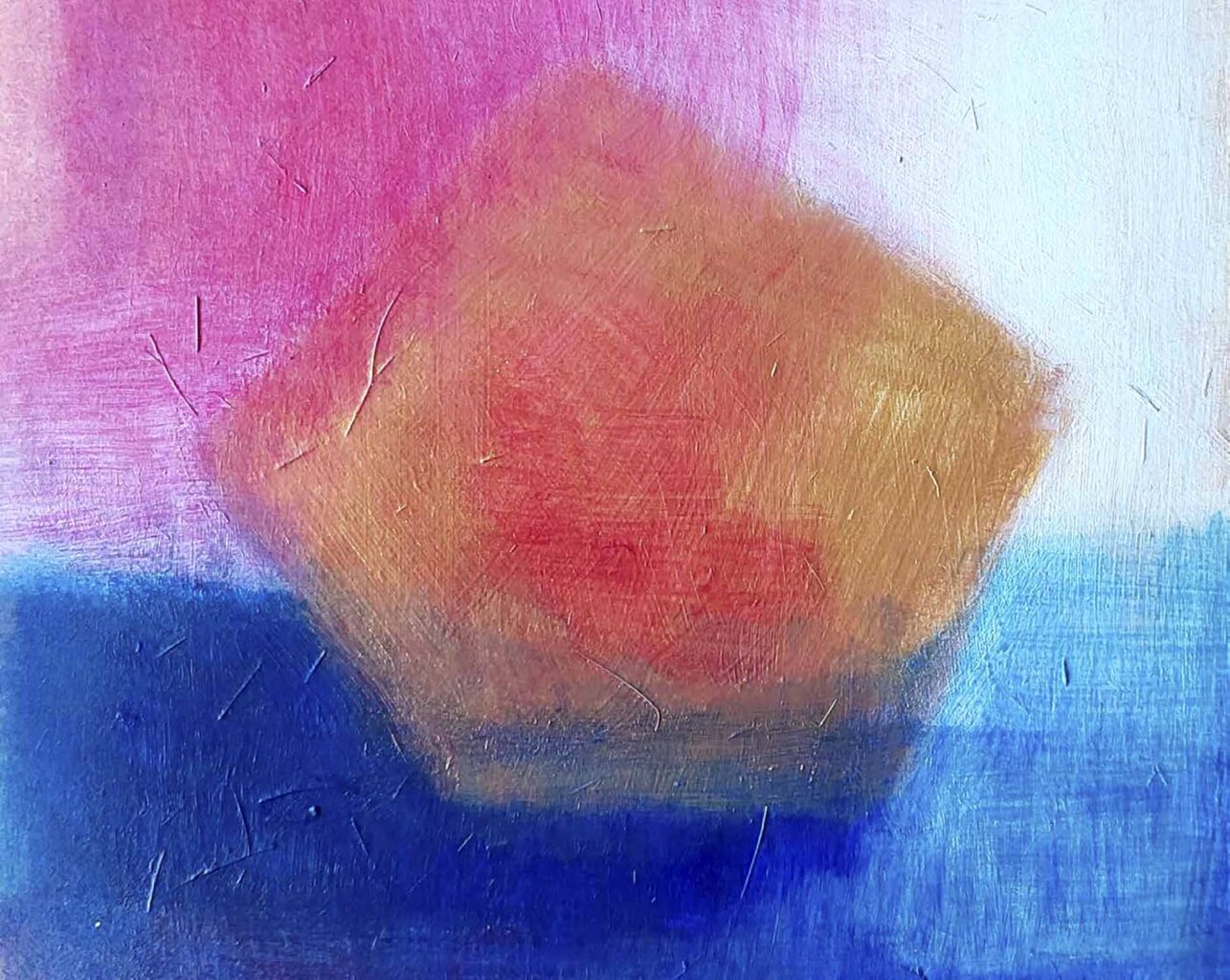
We find the source of this ability after death in the fourth region of the spirit land. Everything that a person creates as new thoughts in the world, whereby they become a creator, has its origin there. However, we have to imagine the thinking as an active, acting being endowed with an inner life16—that is, granting “light of cosmic being for free volition”, illuminated by the goals of the gods (Foundation Stone verse). “Truly thinking” is not philosophising, but overcoming ourselves in order to realise the “eternal goals of the gods”. The Rose Cross symbolises this.
Goethe knew that objective laws can prevail in subjective activity and serve to bring the objective to manifestation: “Human beings experience and enjoy nothing without immediately becoming productive. This is the innermost characteristic of human nature. Indeed, it is no exaggeration to say that it is human nature itself.”17 Goethe’s own testimony is probably the best illustration that it is possible to adapt to the object through practice, as he was able to visualise a living flower “in the centre of the organ of sight”, which constantly unfolded new petals from its interior. He was able to do this by virtue of his practice of observing plant metamorphosis. “Here the appearance of the afterimage, memory, productive imagination, concept, and idea are all at play at once and manifest themselves in the organ’s own vitality, with complete freedom and without premeditation or direction.”18
Selfless Practice
Once we have an overview of them, it is clear that the three exercises in the Foundation Stone verse are intertwined. The rhythmical subsidiary exercises are a path of the will, on which we develop a kind of practice memory. They begin with trust (faith) in thinking, despite being systematic (derived from the human threefold constitution). As we keep practising, if we master the task as something of our own, individualise it, we might say, we at the same time gradually learn to deal with it selflessly, because ability first brings satisfaction, just as failure brings anger and frustration. However, from the justified enjoyment of practising, we should develop the necessary abilities for the sake of the world, so that self-satisfied enjoyment does not end up having the opposite effect and make the exercises worthless—for we would hurt the very spiritual beings on whom we should place our hope of experiencing their grace.
Out of our pain of not succeeding, we acquire purely spiritually the moral forces of the will to nevertheless master our tasks.19 Gratitude for success and love for the lofty goal will steer us past the “dangerous cliff”20 like a prudent Odysseus tethering himself to the mast of thinking. The idea that we are working with the power of the soul that began to be active in the depths of the soul at the turning point of time with the passage through Golgotha helps us here.
Translation Christian von Arnim
Footnotes
- See “The Laying of the Foundation Stone” (December 25, 1923) in Rudolf Steiner’s lectures The Christmas Conference For the Foundation of the General Anthroposophical Society, CW 260. Rudolf Steiner presented the Foundation Stone verse to the members in Dornach on December 25, 1923. A second version, with modified wording, was published in the Nachrichtenblatt, Dornach, on January 13, 1924.
- See Rudolf Steiner’s lectures, World History and the Mysteries In the Light of Anthroposophy, CW 233, Dornach 1923/24.
- See Rudolf Steiner, Knowledge of the Higher Worlds. How is it Achieved?, CW 10, Berlin 1904.
- Rudolf Steiner, Knowledge of the Higher Worlds. How is it Achieved?, CW 10 (Rudolf Steiner Press, 2011).
- See Rudolf Steiner, “Asceticism and Illness” (November 11, 1909) in Transforming the Soul, Volume 1, CW 58, Berlin 1909/Munich 1910.
- Rudolf Steiner, World History and the Mysteries In the Light of Anthroposophy, CW 233 (Rudolf Steiner Press, 1991).
- See Rudolf Steiner, The Philosophy of Freedom, CW 4 (Rudolf Steiner Press, 2011). Originally published in 1894.
- See Rudolf Steiner, “A Brief Outline of an Approach to Anthroposophy” in the last chapter of The Riddles of Philosophy, CW 18 (SteinerBooks, 2019) and the chapter “Trust in Thinking. The Nature of the Thinking Soul” in A Way of Self-Knowledge And the Threshold of the Spiritual World, CW 16–17 (SteinerBooks, 1999).
- See Rudolf Steiner’s lecture in Bern of January 25, 1924 in Karmic Relationships, CW 235, Volume 1, Dornach 1924.
- See Rudolf Steiner’s lecture in Zurich of October 10, 1918 in Die Ergänzung heutiger Wissenschaften durch Anthroposophie [The supplementation of today’s sciences through anthroposophy], GA 73, Zurich 1917/18.
- See Rudolf Steiner, “Die okkulte Grundlage in Goethes Schaffen” [The occult foundation in Goethe’s work], GA 35 (Rudolf Steiner Verlag, 1984), by the reference to “Uparati”, one of the six qualities according to Shankaracharya (in the Vivekachudamani) and according to his system also in “Some Effects of Initiation”, chapter 6 in Knowledge of the Higher Worlds. How is it Achieved?, CW 10 (Rudolf Steiner Press, 2011).
- From the notes and essays added by Goethe to the West-Eastern Divan, (The University of Chicago Press, 2019).
- Johann Wolfgang Goethe, Kampagne in Frankreich [Campaign in France], Volume 27 of the dtv Complete Works (Munich: dtv, 1962).
- See Rudolf Steiner, Goethe’s Theory of Knowledge. An Outline of the Epistemology of His Worldview, CW 2, Weimar 1886.
- See Rudolf Steiner, Goethe’s World View, CW 6, Weimar 1897.
- Rudolf Steiner, Occult Science. An Outline, CW 13 (Rudolf Steiner Press, 2013).
- Johann Wolfgang Goethe, “Über den sogenannten Dilettantismus” [About so-called dilettantism], Goethes Werke, (Berlin: Hempel, Volume 28).
- Johann Wolfgang Goethe, “Das Sehen in subjektiver Hinsicht (von Purkinje)” [Sight in subjective terms (by Purkinje)], Volume 39 of the Dtv-Goethe-Gesamtausgabe [Complete Works] (Munich: dtv, 1963).
- Rudolf Steiner, The Inner Nature of Man And Our Life between Death and Rebirth, CW 153, Vienna, April 14, 1914.
- Rudolf Steiner, Knowledge of the Higher Worlds. How is it Achieved?, CW 10 (Rudolf Steiner Press, 2011).

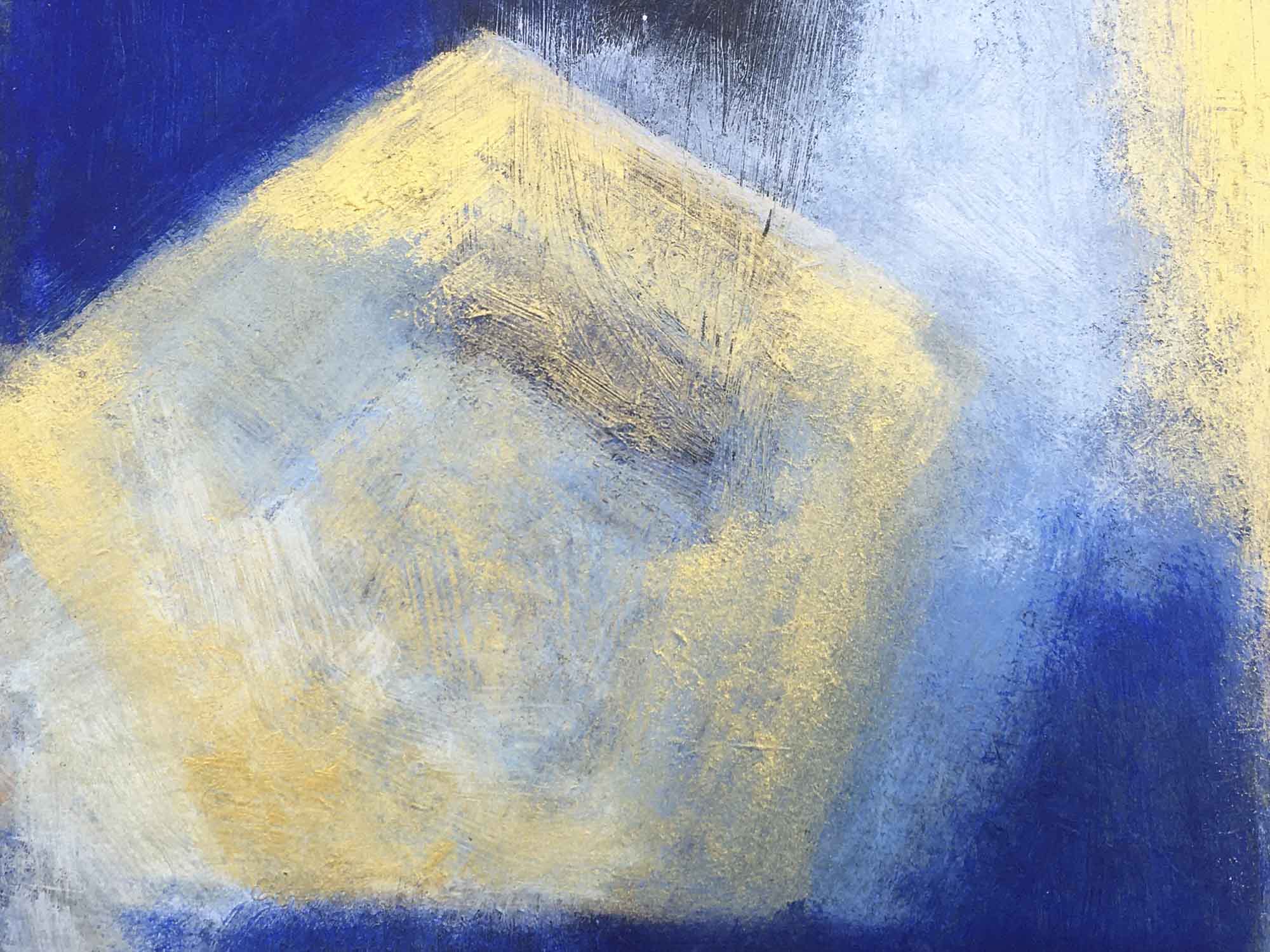

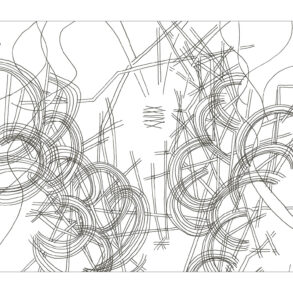




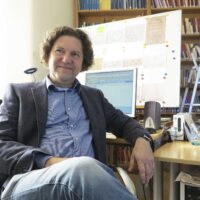

Absolutely the most lucid and understandable description of the processes at work for an Anthroposophical journey .. blessing on all the souls whose thoughts words and deeds, brought such a description into the light of human thinking ..
Heel interessant artikel!